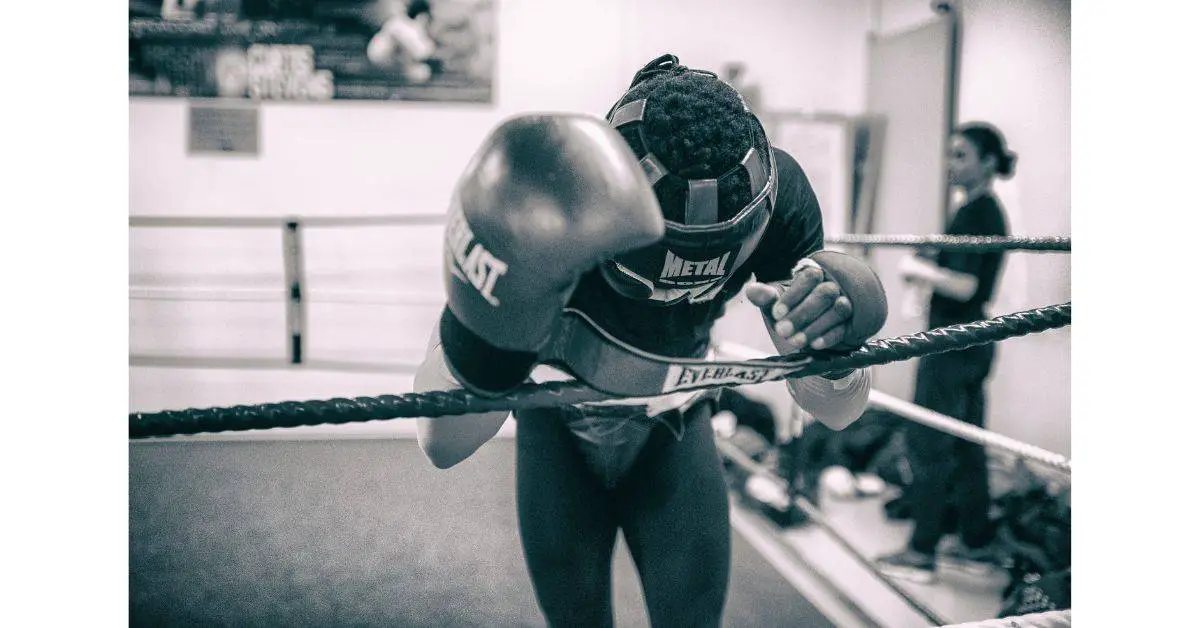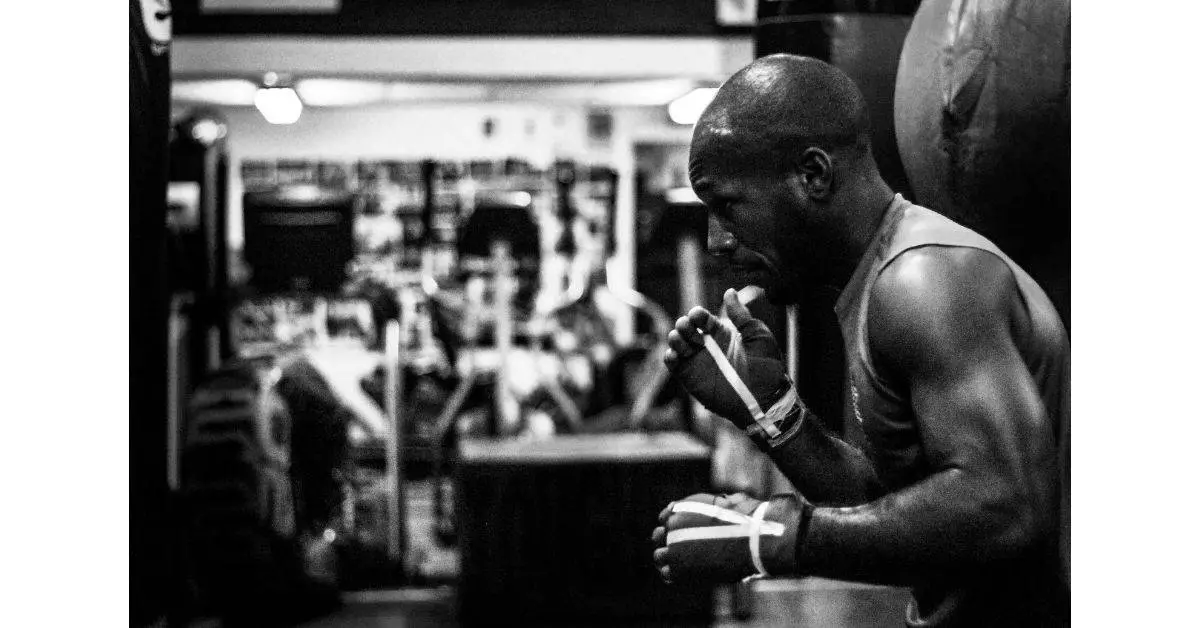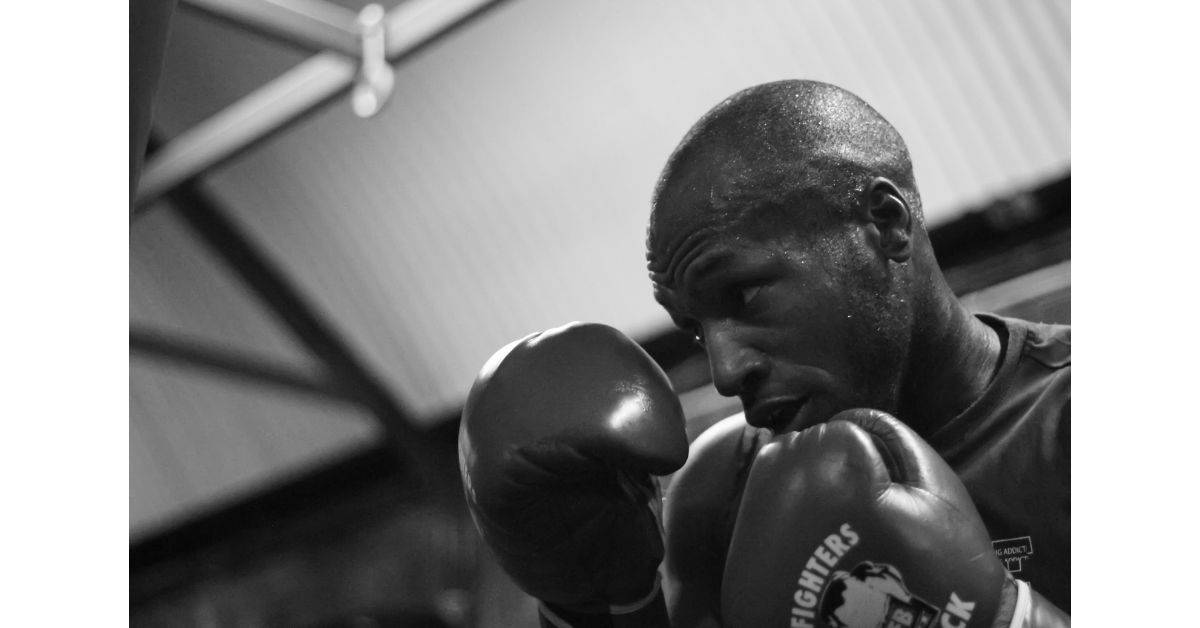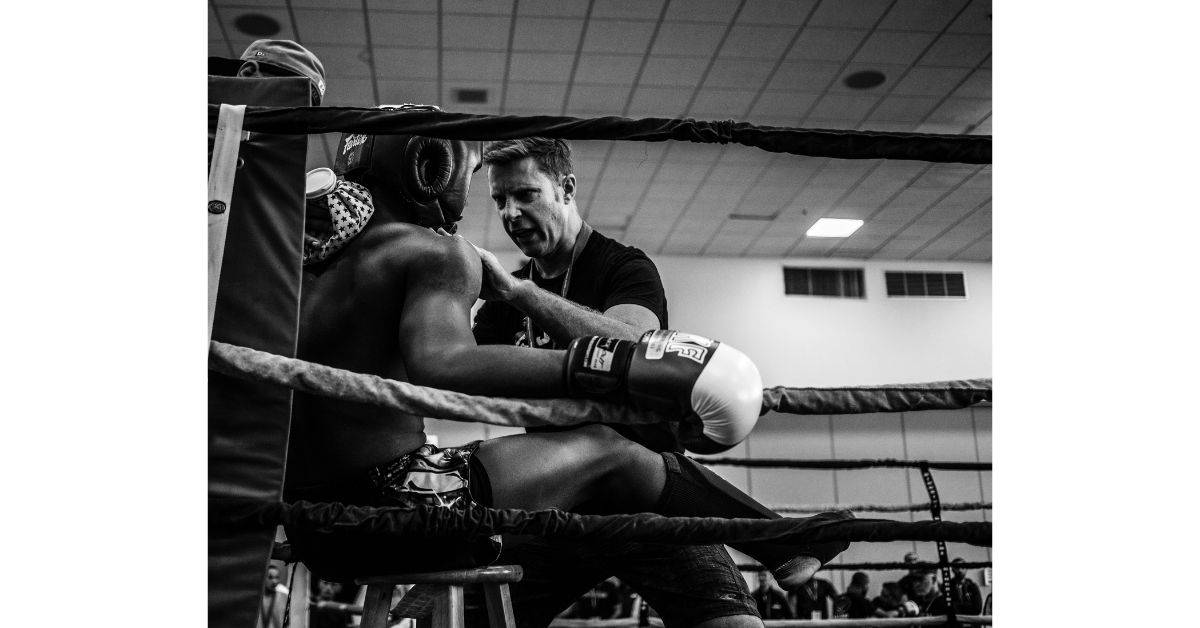Each boxer (boxing trainee) needs to determine for himself how much time they should devote to training in the gym. Many young, ambitious fighters devote their entire lives to training, often going to extreme lengths to achieve their goals. Veterans of the sport take extra time off as their careers wind down to give their bodies a chance to heal.
The average boxer spends three to five hours training six days a week during training camp. However, the time spent is irrelevant as long as you’re putting in the work at the gym. On certain days, fighters may put in an hour of intense sparring before taking the rest of the day off to rest and recover. Boxers must balance training and recovery.
However, most top-tier pros may devote between three and five hours daily to practice. It might be anything from fitness, running, and sparring to actual boxing practice.
When boxers prepare for a fight, they typically put in about five hours of training each day. For a boxing match, you need to integrate a variety of workouts and approaches. Running, High-Intensity Interval Training (HIIT), mitt training, sparring, strength and conditioning, and boxing drills are all included.
Before we dive in, if you want to know how much boxers make, follow the link to an article of mine.
How often do professional boxers train in a week?
A boxer’s ability to devote time to strength and conditioning each week depends on several factors. Organizing their strength and conditioning sessions requires considering their sparring volume, work/study obligations, level of strength training experience, and how close the next competition is.
Professional boxers train six days a week and five hours on those six days. A professional boxer preparing for a fight consists of strenuous training of an extremely intense nature that typically lasts between six and eight weeks—training Monday to Saturday for five hours, leaving Sunday for rest and recovery.

It’s not just about how many times a week a professional boxer trains their muscles and cardiovascular system; it’s also about how well those sessions fit in with the boxer’s technical training and sparring. Planning a weekly training regimen that maximizes the benefits of strength and conditioning without compromising technical training or sparring performance is sometimes difficult.
How long are the boxer’s boxing sessions?
Boxers spend a lot of time in the gym, but there are more amazing parts of their preparation. The constant velocity with which they operate in boxing sessions matters.
Boxers at the highest levels and those looking to advance spend three to five hours training every time they visit the gym. Most boxers’ boxing sessions last 60 minutes, and they divide them into three “rounds” consisting of a cardiovascular warm-up, boxing with intervals of body weight exercises, and ab work.

All three rounds will force you to your physical and mental limits and leave you drenched in sweat. Studies show that boxing classes burn 500–1,000 calories.
Boxing sessions can be completed with either a heavy bag or through shadowboxing, though this may vary depending on the gym. The tempo of the fight is completely unknown until it begins.
Some boxers may play a slow, sophisticated chess game where they conserve energy; at other times, they burst into a brawl. The idea is that the amount of labor involved in a boxing fight is not constant; instead, there will be periods when you do very little and times when you must put in all your effort.
The average person would be completely exhausted after participating in a professional boxer’s boxing session. It tests your limitations, so you can enter battle in peak physical condition.
Should I box every day?
It takes work to rein in your enthusiasm when you’ve finally found an activity or sport you truly enjoy doing. Boxing is the same. Addiction sets in when you master a new technique, and all you can think about is landing the perfect blow. But should you box daily?
You should be able to box every day if you keep track of the duration and intensity of your workouts. To avoid overuse injuries and weariness, the most effective strategy to achieve this goal is to alternate days of intense and easy boxing. Regular ring training doesn’t hurt. How you organize your sessions matters.
Suppose the heavy bag is hit daily with full force, the bones in your knuckles, hands, and wrists. You may easily box daily without becoming tired if you alternate between light and heavy workouts. Your challenging days may feature intense pad or bag work and sparring.
Even in its lightest form, boxing daily may be a great way to practice the skills you’re learning in class, even on the simplest days. To keep your body functioning at peak performance, you should give it at least one day of relaxation per week.
Is boxing 3 times a week safe?
As with many “combat sports,” boxing places a wide variety of demands on the body. Boxing requires a large level of cardiovascular fitness, as well as a lot of agility, upper-body mobility, and a good bit of strength in the upper body. A successful boxer receives adequate boxing training.
Boxing three times a week is safe. Improving at boxing requires seven classes each month and full effort. Boxing gyms are great stress relief and relieve tension. Two 2-hour workouts per week will maximize your time and speed up results—those who want to improve their training three to five times a week.

Preparing your body is crucial. If you want to improve your speed and power, train your muscles (triceps, biceps, pecs, buttocks, quads) and then practice boxing or sparring.
Your boxing trainer will advise you on the finest punching routines while allowing you to learn quickly. But remember to recharge your batteries during downtime between sessions by getting plenty of quality sleep and water.
You obtain a substantial amount of various components related to fitness: aerobic capacity, stamina, muscular strength, and agility.
If you want to win your first fight, here are the 10 best tips to win your first boxing fight.
How to avoid overtraining in boxing
Anyone who works out regularly knows that striking the right balance between overtraining and under training is challenging. You may overtrain if you’re a committed boxer. According to research, you overtrain, you’re not getting the most out of your training, and you can even hurt yourself.
You can avoid overtraining in boxing by having a good training routine to help you avoid many problems. A safe and effective training regimen will prevent overtraining and injuries. Your fitness routine should include these fundamental goals: Your objective goals and deadlines, a flexible schedule, and alternate muscle group training.

Make a flexible schedule—plans often change. Alternate muscle groups – Give each group 1-2 days to rest and recuperate. Muscles grow there. Alternate muscle groups—Give each group 1-2 days to rest and recuperate. Muscles grow there. Make sure you include various workouts and gyms in your plan. Adjust your plan every 2-4 weeks.
Stretch – Many folks neglect this basic step. Stretching expands ROM (range of motion). Before and after workouts, conduct dynamic stretching. Static stretching before weightlifting may weaken you. Schedule rest days and maintain a diet.
If you want to improve your footwork in boxing, here are 11 drills to increase your speed and power.
Final words
When in training camp, the best professional boxers train for several hours a day because they are getting ready for a fight that could make or break their careers. But even professionals need help to keep up that level of training. Most likely, they will only train for a couple of hours a day for the rest of the year.
No matter what, it depends on how much you’ve done. Most likely, the fight’s winner will be the person who has worked harder and been more productive in the gym.
If you enjoyed reading this article, you’ll also enjoy reading about the best boxing shoes for your money. Buying a pair—will help you boost your boxing game up a notch.

